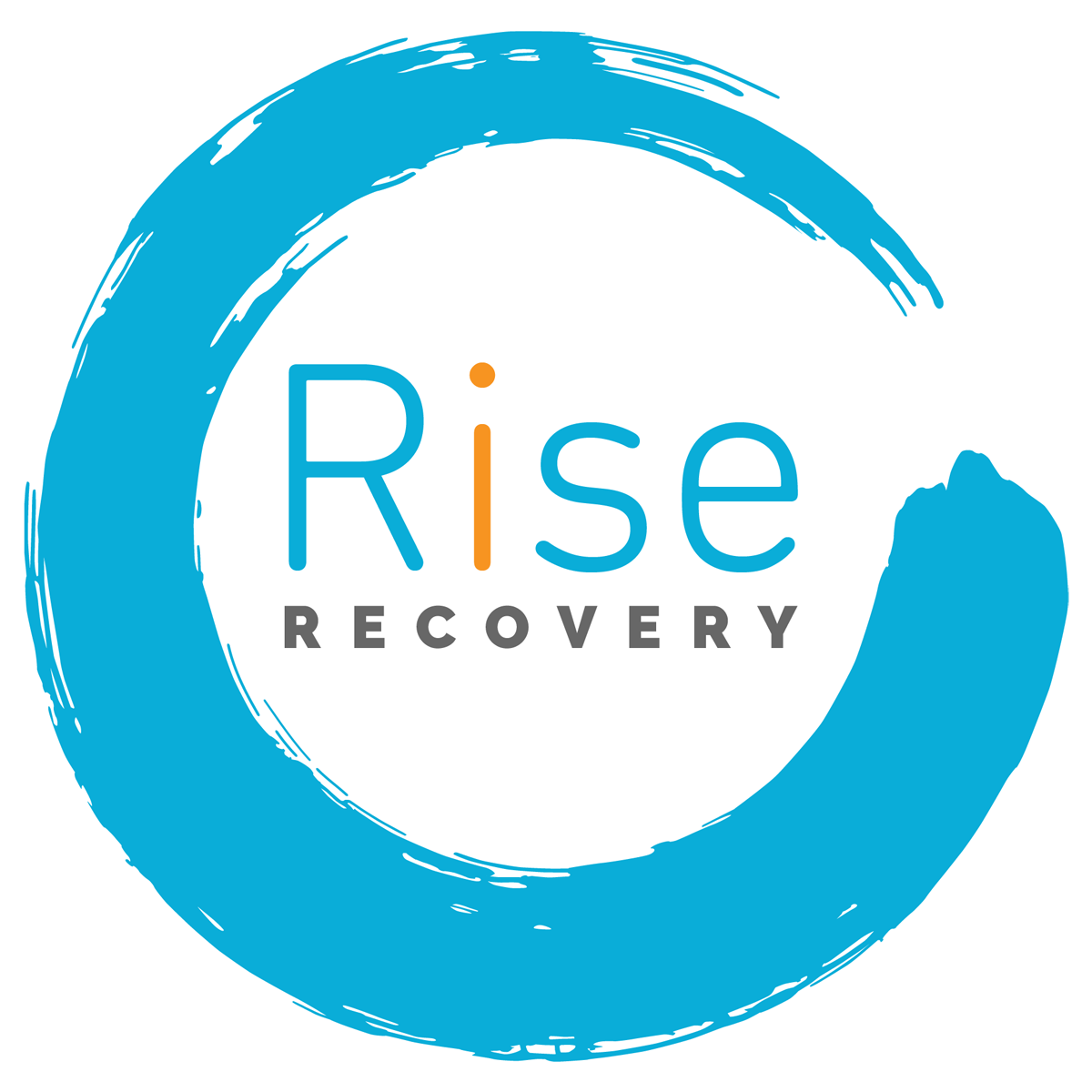Evita Morin, LMSW
Welcome to the Rise Recovery community blog, where we share insights and strategies to support our youth in leading healthy, substance-free lives. Today, we’re focusing on the vital role that educators and school administrators play in this mission. By fostering a supportive environment, we can empower young people to make positive choices and offer early intervention when needed.
Here are five steps that school communities can take:
1. Implement Evidence-Based School Programs
Research shows that school-based interventions combining social competence and social influence approaches can be effective in preventing substance use among adolescents1. These programs often promote a positive school ethos and engage students in developing their social skills and understanding peer influences. By incorporating such programs into the curriculum, schools can provide students with the tools they need to resist substance use.
2. Foster a Recovery-Oriented System of Care
A recovery-oriented system of care (ROSC) is a network of community-based services that support a person’s journey towards recovery. In a school setting, this means creating an environment that understands the challenges faced by individuals with substance use issues and provides support without judgment. Schools can collaborate with organizations like Rise Recovery to ensure that students and families have access to the necessary resources and support2.
3. Encourage Early Intervention
Early intervention is key to preventing substance use disorders from escalating. Schools can play a crucial role by offering screening and brief interventions for students at risk3. Teachers and counselors can be trained to recognize the signs of substance use and to provide motivational interviewing to help students reflect on their choices and consider changes.
4. Utilize Restorative Practices
Restorative practices in schools focus on repairing harm and restoring relationships rather than punishment. These practices can be particularly effective for students struggling with substance use issues, as they encourage accountability and provide opportunities for making amends4. By integrating restorative practices, schools can help students learn from their mistakes and reconnect with their community.
5. Provide Access to Resources and Support
It’s essential to have a list of resources readily available for those who need additional help. Schools can create a resource hub that includes information from SAMHSA and other organizations offering tips, fact sheets, and mobile apps on substance misuse prevention5. Additionally, Rise Recovery’s programs and services can be a valuable asset for students and families seeking specialized support6.
If you’re a teacher, counselor, or administrator who has encountered a student or family in need of further assistance, don’t hesitate to connect with Rise Recovery. Our mission is to help young people and their families overcome the effects of drugs and alcohol, and we’re here to guide you through the process of getting the help they need2.
Remember, the language we use matters. Always use person-first language to describe individuals with substance use issues, and avoid terms that perpetuate stigma. By doing so, we create an inclusive and supportive environment for all.
For more information on how to support youth in your school community or to learn more about Rise Recovery’s services, please visit our website at www.riserecovery.org or call us at 210-227-2634. Together, we can make a difference in the lives of our young people.





